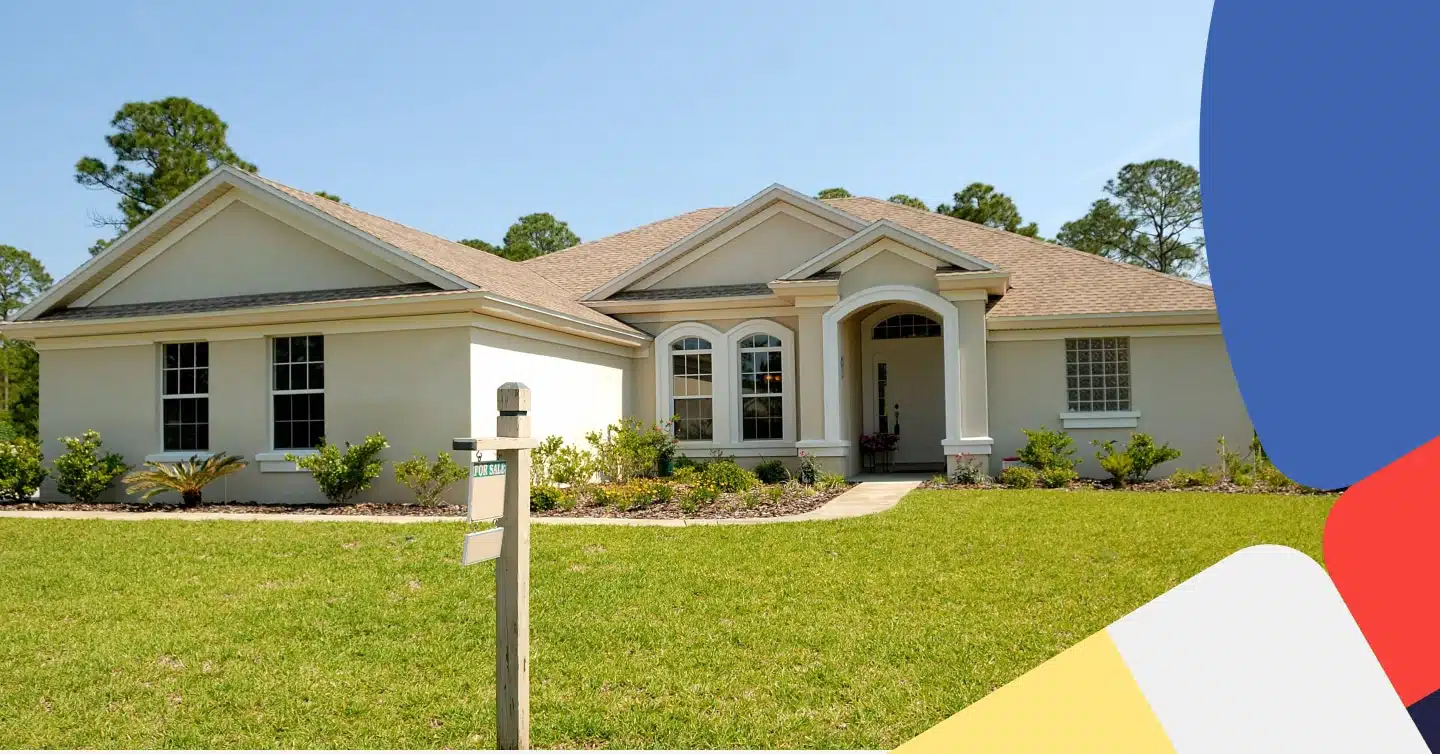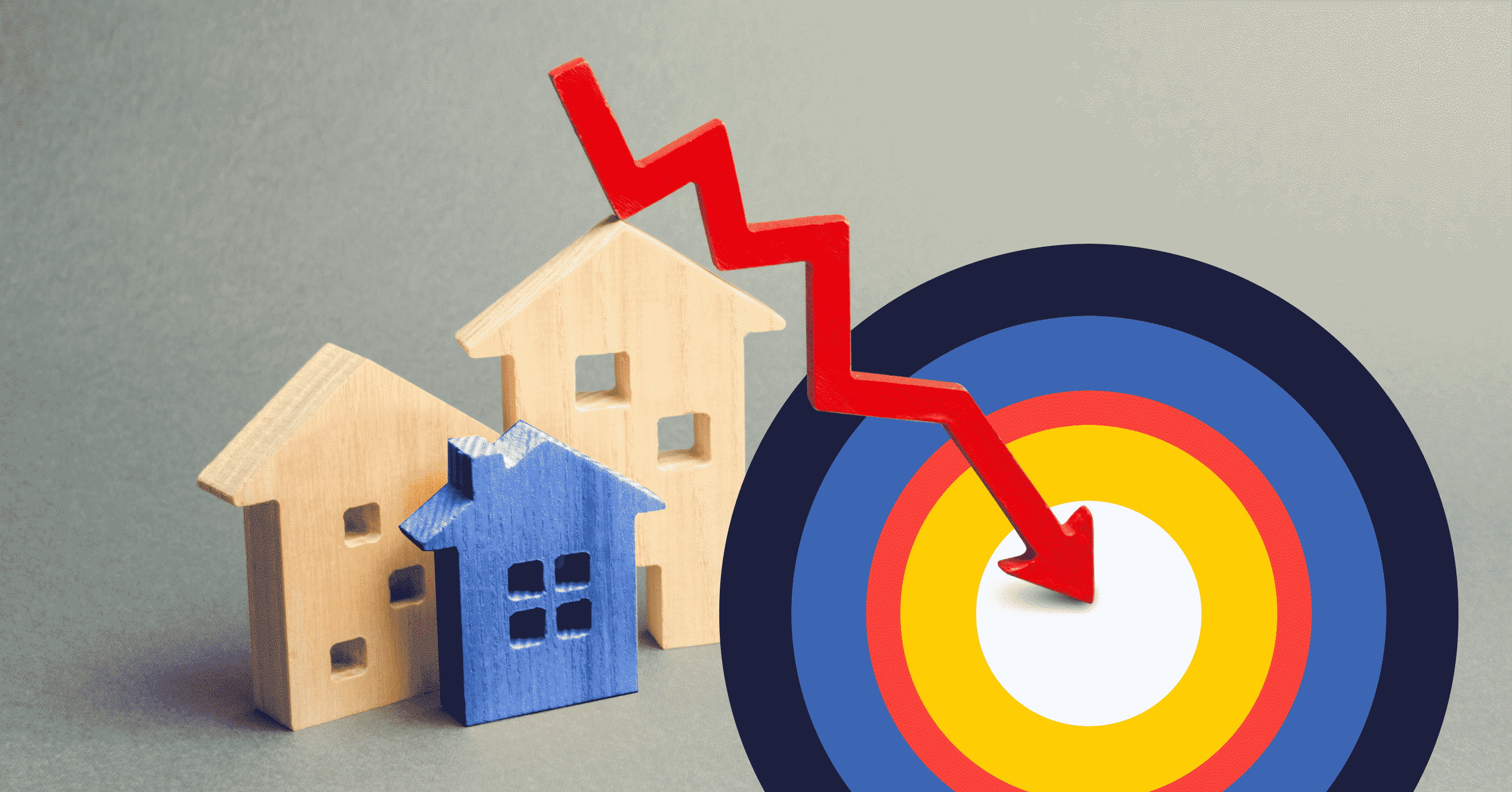Real Estate #Featured articles
Real Estate #Featured articles
Mortgage Defaults and Foreclosures Rise as Interest Rates Climb

Table of contents
As interest rates in Canada increase, mortgage defaults and foreclosures continue to see a big spike. For the Canada housing market, higher rates might make the rate-sensitive housing market even more problematic.
While the Bank of Canada raises interest rates at an unprecedented rate, mortgage brokers are starting to see an increase in the number of defaults on privately financed loans as well as an increase in powers of sale.
Experts suggest that the number of defaults on mortgages in Canada are expected to increase over the year as interest rates are anticipated to continue to rise throughout the country.
Key Highlights
- Defaults on mortgages and foreclosures in Canada are bound to rise this year as the Bank of Canada interest rate will continue to climb.
- If you’re a homeowner, it’s recommended that you do everything you can do to keep your head above water and see out these troubled times.
- The good news is that there are brighter days ahead for the end of the year!
Mortgage Defaults and Foreclosures Rise as Interest Rates Climb
While it’s true that interest rates in Canada are the highest they’ve ever been in recent history at 4.25%, experts suggest that the rates will continue to climb in 2023 before finally leveling off at year’s end. Mortgage experts predict that the Bank of Canada interest rate could come down ahead of 2024.
Interest rates have progressively increased, from 0.25 percent in March 2022 to 4.25 percent at the end of the year, discouraging would-be purchasers or pressuring people with variable-rate mortgages to redirect funds from discretionary spending into higher mortgage payments.
One thing to consider with higher interest rates is that the real estate market could cool off and be more affordable despite the fact that defaults and foreclosures are on the rise.
According to a survey release by the Canadian Real Estate Association, home values have decreased for nine straight months and are down 11.5% from their peak in February 2022. The average cost of a house in November 2022 was $744,000
Higher rates might drive down home prices even more, especially as investors try to time the market’s bottom while individuals who can’t get mortgages stay away from the market.
What’s the Difference Between a Notice of Default vs Foreclosure?
A notice of default is a public notice filed by a court which states that a mortgage borrower is in default on their loan. If you ever receive a notice of default, remember that it’s a serious situation that must be dealt with according to the terms of the notice.
Depending on provincial legislation, the notice of default will most often be served by a public official or court representative.
A notice of default will often include:
- the borrowers’ name and address;
- the lender’s name and address and the trustee’s name and address;
- the location of the mortgaged property and/or its legal description;
- the steps that must be taken to correct the default;
- the timeframe by which the default must be fixed;
- and a warning that the lender plans to sell the mortgaged property at a public auction if the default is not fixed by the deadline.
Meanwhile, a foreclosure is what happens when a borrower, after multiple warnings and opportunities, fails to pay their mortgage payments and forfeits the right to own their home.
Since a foreclosure is not in the best interests of either the borrower or the lender, the latter will frequently get in touch with the former as soon as payments are late to try to work out a solution. If that occurs and a settlement is not found, one of Canada’s two common solutions — Power of Sale or Judicial Foreclosure — will probably be used to sell the property.
In the case of a Power of Sale, the borrower will receive notification from the lender and have 35 days to make up the difference. In the event that this does not occur, the lender will now have the option to sell the property without consulting the courts. Following the eviction, the lender would make arrangements with a real estate agent to have the house put up for auction.
Judicial Foreclosure, meanwhile, is a longer process that involves the courts. In this case, the lender receives a Certificate of Foreclosure, and ownership of the property is given to them. Any capital gains that could occur from the sale of the property beyond this point are not owed to the borrower.
Find a better rate, and we’ll match it, beat it, or give you $500*.
*Conditions Apply
With nesto, it’s stress-free
How to Navigate Climbing Interest Rates
In order to cope with an increase in interest rates, pay off as much of your debt as you can. You might be able to pay off your debt more rapidly if you have less debt. This can assist you in avoiding the hardship on your finances brought on by increased interest rates and larger loan payments.
You can help navigate climbing interest rates by:
- cutting back on spending to free up money for debt repayment;
- paying off the debt with the highest interest rate first to pay less interest overall;
- combining high interest loans, such credit cards, into one loan with a lower interest rate;
- avoiding the maximum mortgage or credit line that a lender will provide you;
- refraining from taking out additional loans because doing so may make it harder for you to save money for your goals;
- making sure you have an emergency reserve to handle unforeseen expenses, such as paying larger loan payments to avoid penalties;
- and finding strategies to boost your income to aid in debt repayment.
FAQ
What do rising interest rates mean for mortgages?
Interest rates have progressively increased, from 0.25 percent in March 2022 to 4.25 percent at the end of the year, discouraging would-be purchasers or pressuring people with variable-rate mortgages to redirect funds from discretionary spending into higher mortgage payments.
What’s the difference between a notice of default vs foreclosure?
A notice of default is a public notice filed by a court which states that a mortgage borrower is in default on their loan. Meanwhile, a foreclosure is what happens when a mortgage lender, after multiple warnings and opportunities, fails to pay their mortgage payments and forfeits the right to own their home.
Final Thoughts
Neither a mortgage default or foreclosure are situations you’ll ever want to deal with as a homeowner. And while your mortgage lender doesn’t want to be in this mess either, you can be sure that they’ll do their jobs and make sure they get compensated.
Though Canadian interest rates are estimated to taper off at the end of 2023, we’re only at the beginning of the year. Experts are suggesting that the number of mortgage defaults in Canada is predicted to rise over the course of the year as interest rates are forecasted to keep rising across the board.
Our advice? Do whatever you can to avoid a default or foreclosure if you’re a homeowner in 2023. Whether it’s cutting back on spending or paying off your highest debts first, you must do what you can because this year might only get tougher on your wallet.
There are brighter days ahead, though – you can do it!
Ready to get started?
In just a few clicks, you can see our current rates. Then apply for your mortgage online in minutes!















